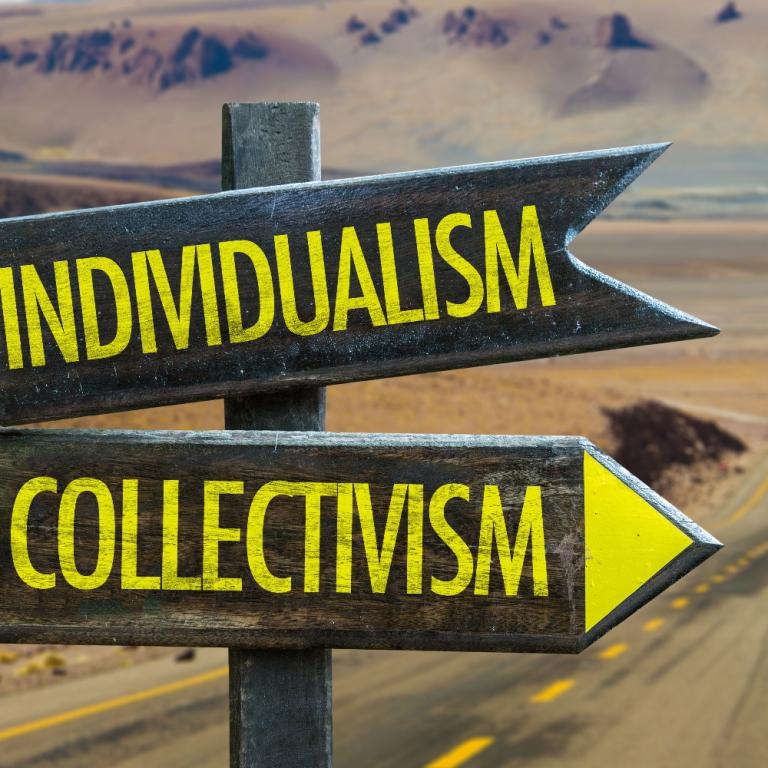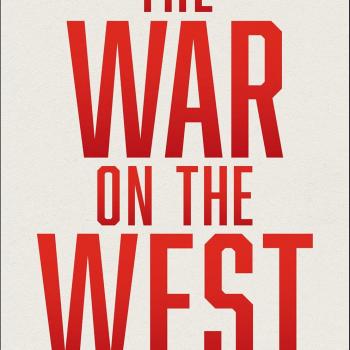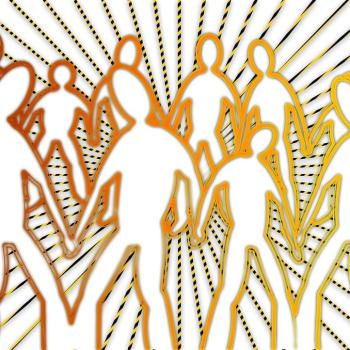
Identity formation is a multifaceted process. It’s heavily influenced by cultural, familial, and personal experiences. Over time, popular narratives have led many to simplify identity formation into categories such as “West = Individualistic” and “East = Collectivistic.”
However, this division, while offering a starting point, can be misleading. Identity is a complex tapestry woven from threads of similarity and difference. Let’s delve deeper into the topic.
Context-Specific Identity Influences
- Family vs. Work
How individuals perceive themselves varies depending on one’s immediate context. Within the confines of family, a person might lean heavily into their roles as a child, sibling, or parent, emphasizing group dynamics. Conversely, in a professional setting, the same individual might stress personal achievements and autonomy. These shifts can occur seamlessly and unconsciously within the same broader cultural backdrop.
- Urban vs. Rural
One’s surroundings play a pivotal role in shaping identity. In bustling urban centers, where interactions are diverse and transient, individualistic tendencies might prevail. In contrast, rural settings, marked by longstanding community ties, often underscore collective identities and shared responsibilities. (Think New York City vs. Athens, Georgia)
Change Over Time
- Globalization and Influence
As the world becomes more interconnected, cultural exchange is inevitable. The permeation of Western individualistic values into Eastern societies has nudged them toward valuing personal autonomy. Conversely, some parts of the West, while individualism is paramount, increasingly recognize the virtues of community, collaboration, and shared responsibilities.
- Generational Differences
With the digital age blurring cultural lines, younger generations worldwide are redefining identity boundaries. While they might imbibe traditional values from elders, global media, and evolving societal norms also shape their perceptions, leading to a blending of individualism and collectivism.
Religious and Philosophical Layers
- Eastern Religions
Eastern philosophies and religions offer a spectrum of views on identity. Confucianism, for instance, underscores societal harmony and collective responsibility. On the other hand, Daoism and certain strains of Buddhism lean towards individual enlightenment and self-actualization. Thus, even within the Eastern religious landscape, there is no monolithic view of identity.
- Western Religions
The West, particularly within the Christian tradition, navigates a nuanced path. While there’s an undeniable emphasis on personal salvation and an individual’s relationship with God, notions of community are deeply embedded in its theology. Concepts like collective worship, the church as a community, and shared moral responsibilities highlight the intertwining of individual and collective identities.
In conclusion, the journey of identity formation is intricate, evolving, and deeply personal. While broad categorizations like “East” and “West” or “individualistic” and “collectivistic” offer preliminary frameworks, they barely scratch the surface.
Each person’s identity is a unique amalgamation of their cultural heritage, personal experiences, philosophical beliefs, and the ever-changing world around them. To truly understand identity, one must veer away from binaries and embrace the myriad influences that shape it. In doing so, we not only gain deeper insights into ourselves but also cultivate a more profound appreciation for the rich tapestry of human experience.













